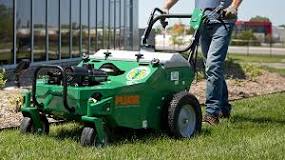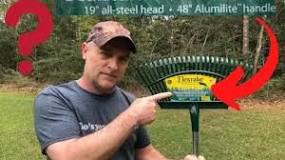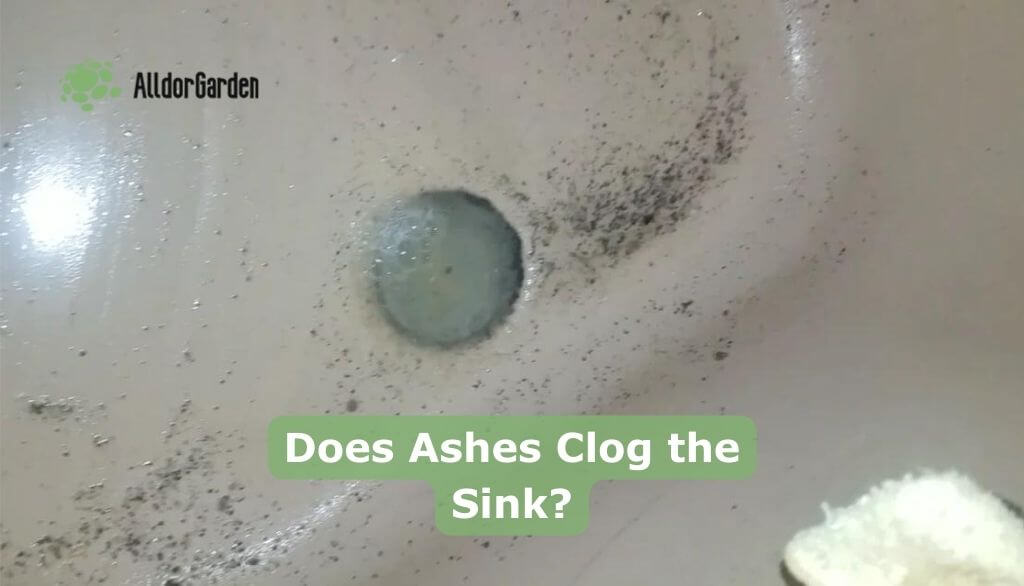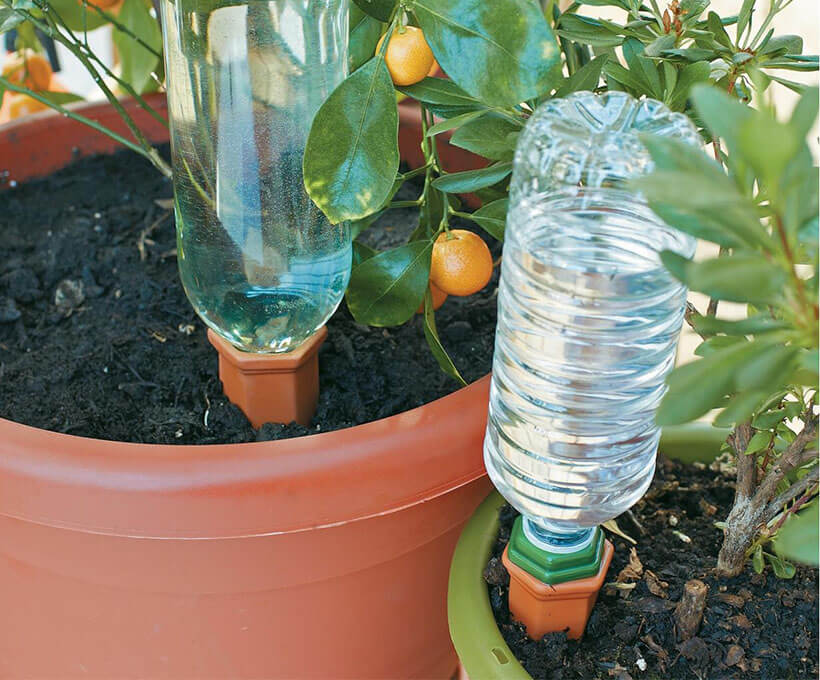So, does raking dirt actually help grass grow? Yes, it can! Raking dirt can improve soil quality and create a better environment for grass seeds to thrive. Let’s dive into how this works and why you might want to grab that rake.
The Benefits of Raking Dirt
When you rake dirt, you’re not just tidying up your yard; you’re doing some serious groundwork for your grass. Here’s why raking is beneficial:
1. Aeration
Raking helps to aerate the soil, which means it allows air, water, and nutrients to penetrate deeper into the ground. This is essential for grass roots because they need access to oxygen and moisture to grow strong.
2. Seed-to-Soil Contact
If you’re seeding your lawn, raking creates a smooth surface that enhances seed-to-soil contact. This is crucial for germination. If the seeds are just sitting on top of the dirt, they’re less likely to sprout.
3. Removal of Debris
Raking clears away leaves, sticks, and other debris that can suffocate your grass. A clean surface lets sunlight reach the soil better and prevents mold or disease from taking hold.
4. Soil Leveling
If your yard has uneven spots, raking can help level things out a bit. This not only makes your lawn look better but also ensures that water doesn’t pool in certain areas, which can lead to grass rot.
Timing is Everything
Now, timing your raking is key. Early spring or fall are usually the best times to rake and seed your lawn. The weather is cooler, and there’s typically more moisture in the air—perfect for those little seeds to take root.
Summary
In short, raking dirt does help grass grow by aerating the soil, improving seed contact, removing debris, and leveling the ground. So next time you’re out in the yard, don’t underestimate the power of that rake!
FAQ
How often should I rake my lawn?
You don’t need to rake constantly! A good rule of thumb is to rake at least once a season—more often if you have a lot of leaves or debris.
Can I rake after I’ve seeded my lawn?
It’s best to wait until after the seeds have germinated before doing any heavy raking. Gentle raking can be done right after seeding to ensure good contact with the soil.
Will raking damage my existing grass?
Not if you’re careful! Just avoid aggressive raking on established grass. Use a light touch to remove debris without pulling up healthy grass.
Is there a best type of rake for this job?
A leaf rake works well for general debris removal, while a garden rake is better for leveling soil and preparing seedbeds.







